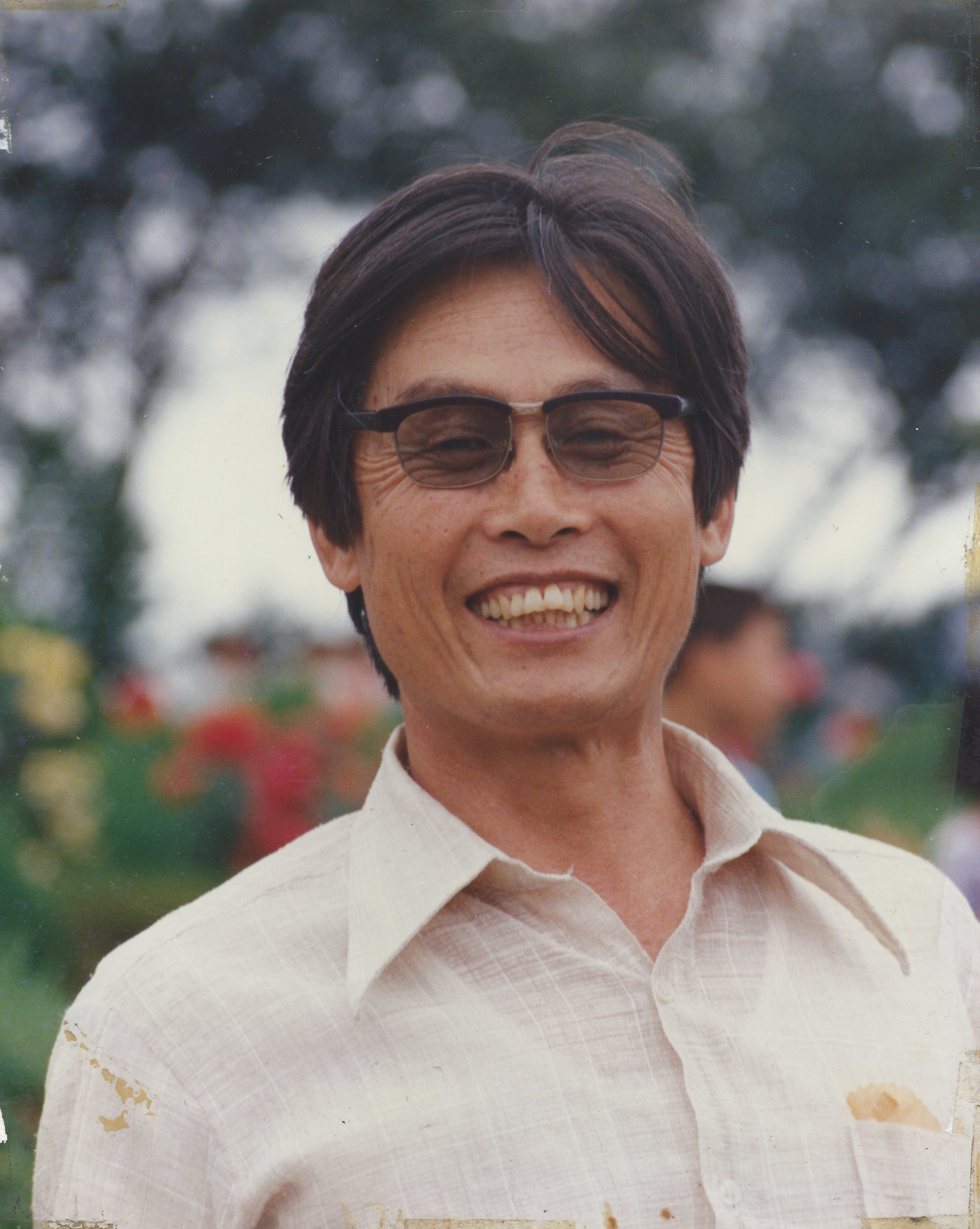반응형
Starlight Bioluminescence Tour
.
I joined Kayak Connection, Moss Landing, CA for a tour of the slough in twilight on July 28, 2023 (nuna calender June 11) for my birthday. This three hour tour began during the golden hour just before sunset as animals begin frolicking and feeding at dusk. After sun sets, I enjoyed the serenity as night herons emerge and egreted find their homes in the trees. When the darkness deepens, Kayak Connection searched for bioluminescence, looking for its telltale sparkles and shimmering blue glow as the otter and bird calls travel through the night. This tour was a sure to wow crowd-pleaser!
.
Bioluminescence is the production and emission of light by living organisms. It is a form of chemiluminescence. Bioluminescence occurs widely in marine vertebrates and invertebrates, as well as in some fungi, microorganisms including some bioluminescent bacteria, and terrestrial arthropods such as fireflies. In some animals, the light is bacteriogenic, produced by symbiotic bacteria such as those from the genus Vibrio; in others, it is autogenic, produced by the animals themselves.
.
In a general sense, the principal chemical reaction in bioluminescence involves a light-emitting molecule and an enzyme, generally called luciferin and luciferase, respectively. Because these are generic names, luciferins and luciferases are often distinguished by the species or group, e.g. firefly luciferin. In all characterized cases, the enzyme catalyzes the oxidation of the luciferin.
.
In some species, the luciferase requires other cofactors, such as calcium or magnesium ions, and sometimes also the energy-carrying molecule adenosine triphosphate (ATP). In evolution, luciferins vary little: one in particular, coelenterazine, is found in 11 different animal phyla, though in some of these, the animals obtain it through their diet. Conversely, luciferases vary widely between different species, which is evidence that bioluminescence has arisen over 40 times in evolutionary history.
.
Both Aristotle and Pliny the Elder mentioned that damp wood sometimes gives off a glow. Many centuries later Robert Boyle showed that oxygen was involved in the process, in both wood and glowworms. It was not until the late nineteenth century that bioluminescence was properly investigated. The phenomenon is widely distributed among animal groups, especially in marine environments. On land it occurs in fungi, bacteria and some groups of invertebrates, including insects.
.
The uses of bioluminescence by animals include counterillumination camouflage, mimicry of other animals, for example to lure prey, and signaling to other individuals of the same species, such as to attract mates. In the laboratory, luciferase-based systems are used in genetic engineering and biomedical research. Researchers are also investigating the possibility of using bioluminescent systems for street and decorative lighting, and a bioluminescent plant has been created.
.
+++
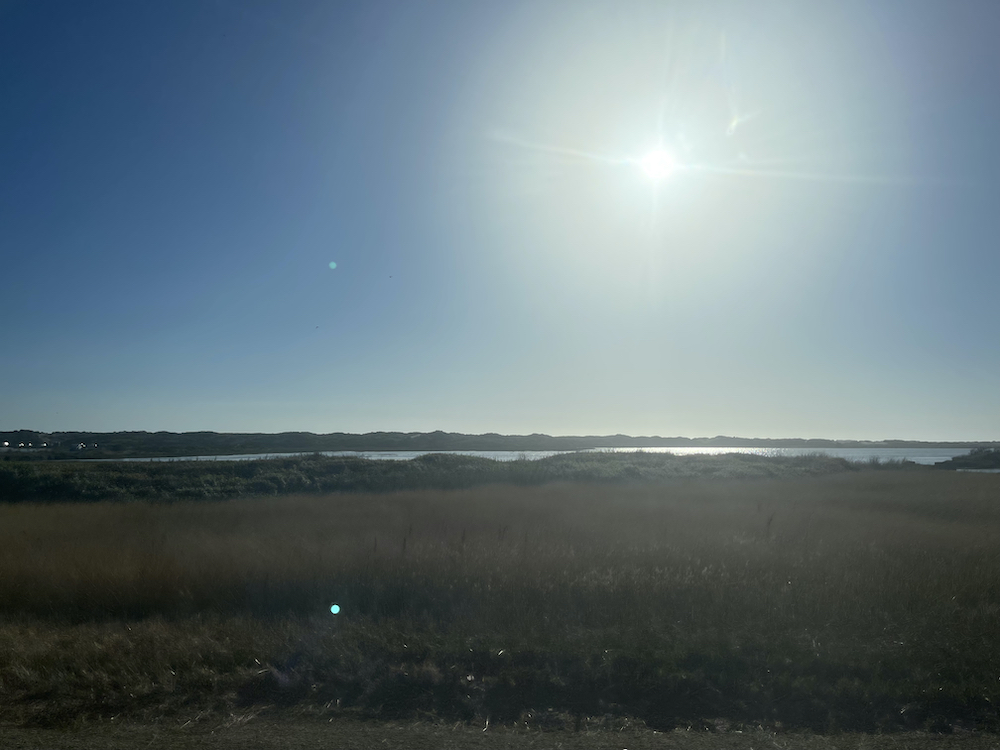










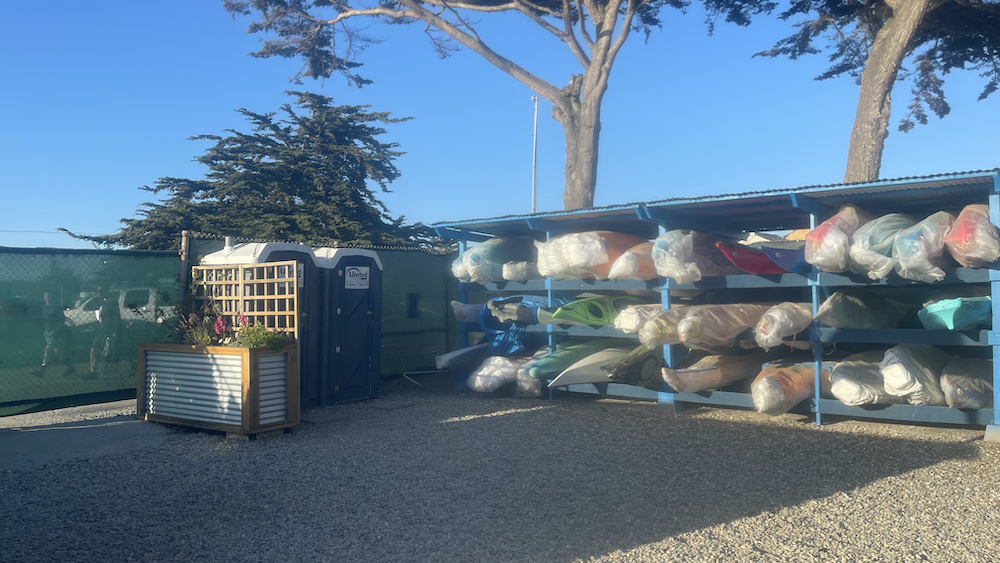


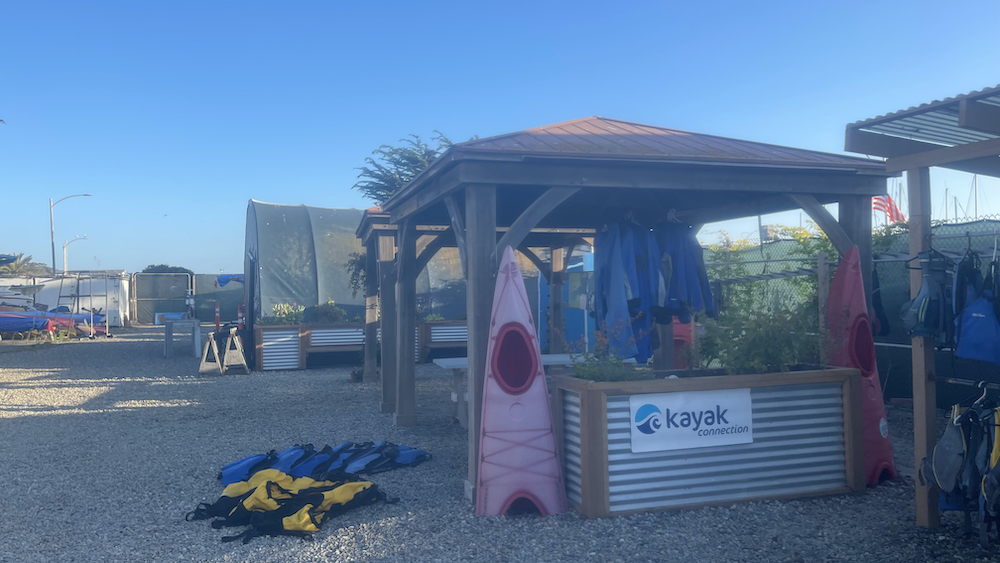


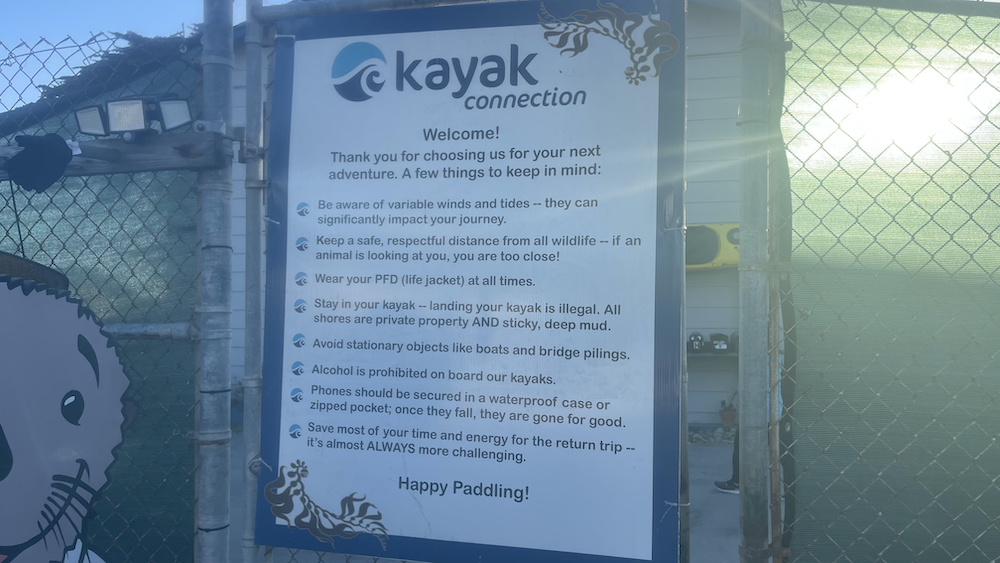





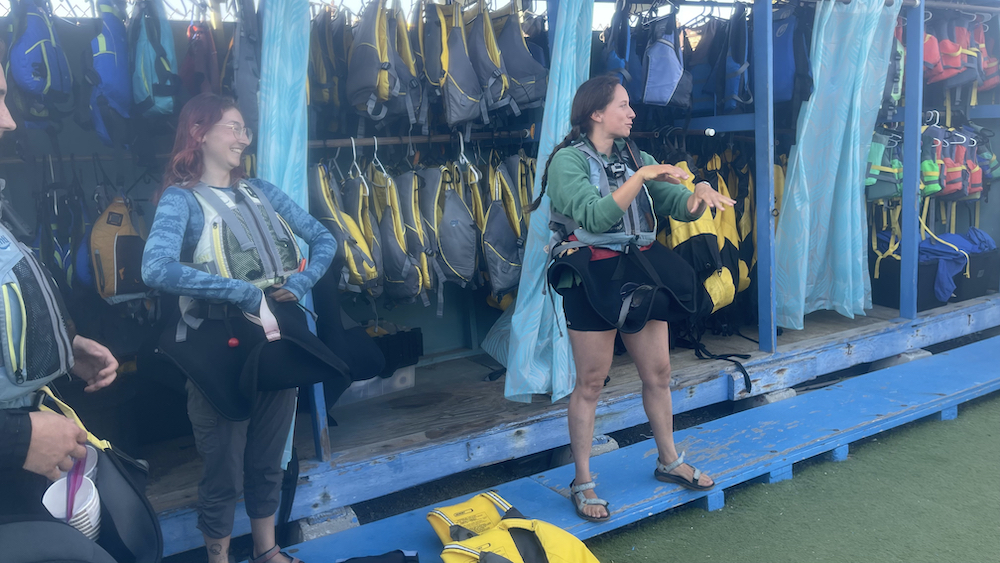



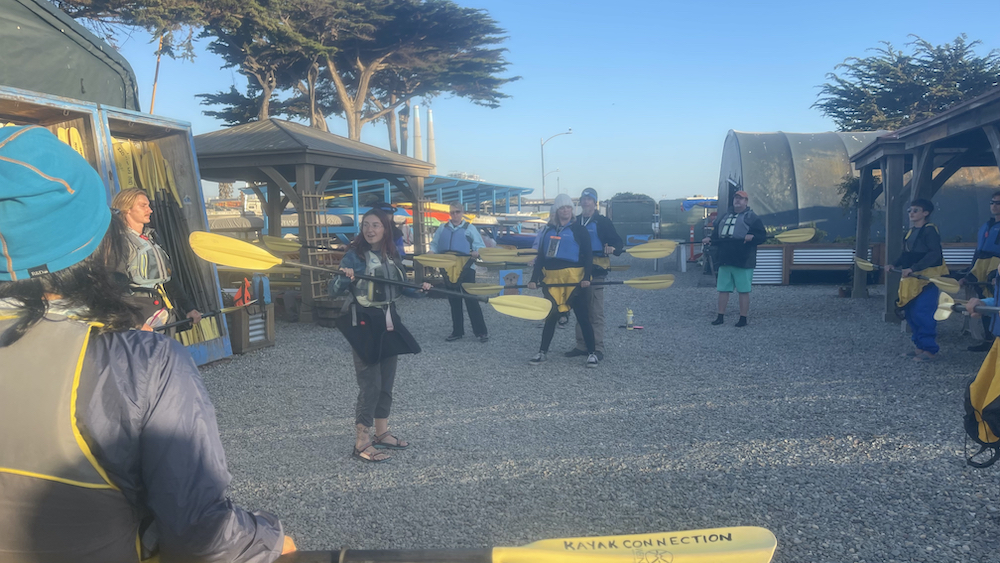


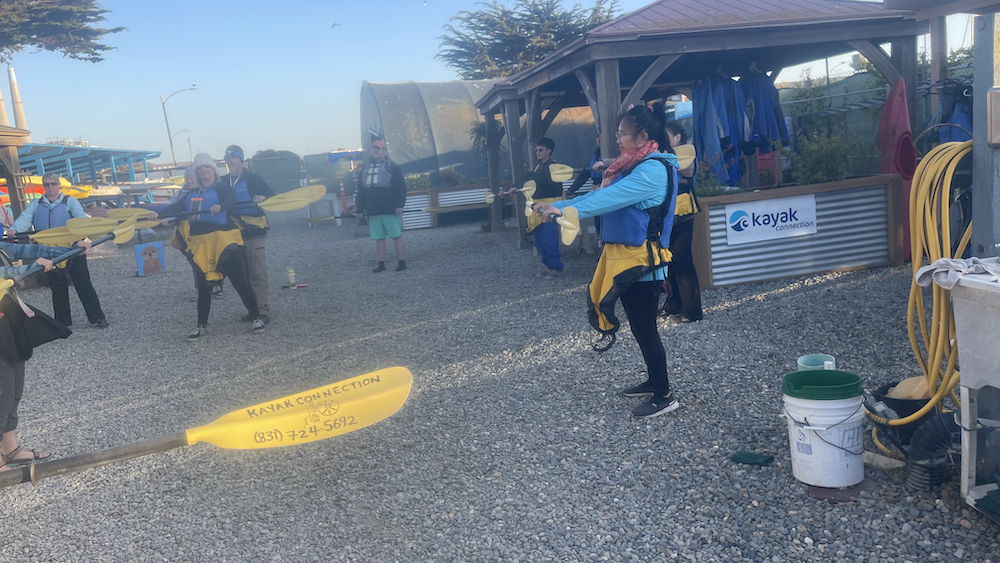







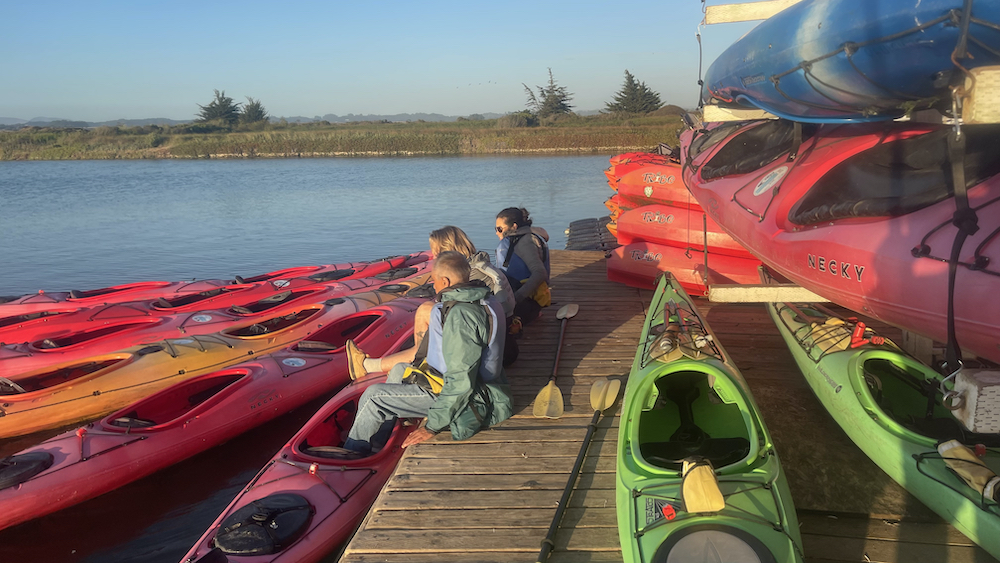



























































반응형
'1. Dr. Sam Lee > 여행스케치' 카테고리의 다른 글
| 180. Squamish and Rainbow Hiking Trail, British Colombia Canada (0) | 2023.08.16 |
|---|---|
| 179. Windy Hill Russian Ridge Coal Creek Coal Mine, Portola Valley, CA (0) | 2023.07.31 |
| 177. Bonneville Salt Flats, Utah (0) | 2023.07.16 |
| 176. Fly to Utah (0) | 2023.07.16 |
| 175. Golden Gate National Recreation Area, Sausalito, CA (0) | 2023.07.09 |
